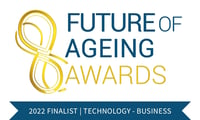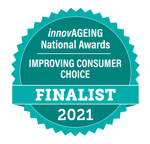Person Centred Software’s Clinical Care System has all the best features to ensure your aged care home meets the needs of AN-ACC and secures funding. With an icon-driven system, the ease of evidencing care increases with, on average, the ability to record 50 care notes per resident per day. This leads to:
- greater transparency
- higher competency of data-driven decision making
- comprehensive reporting potential.
Our innovative digital clinical documentation systems under the new model will allow for a more accurate and nationally consistent assessment process and the burden of paperwork will be removed which will allow care staff to focus on providing safe, effective and person-centred care to residents.
Contact our team today by filling in the form to get started!









